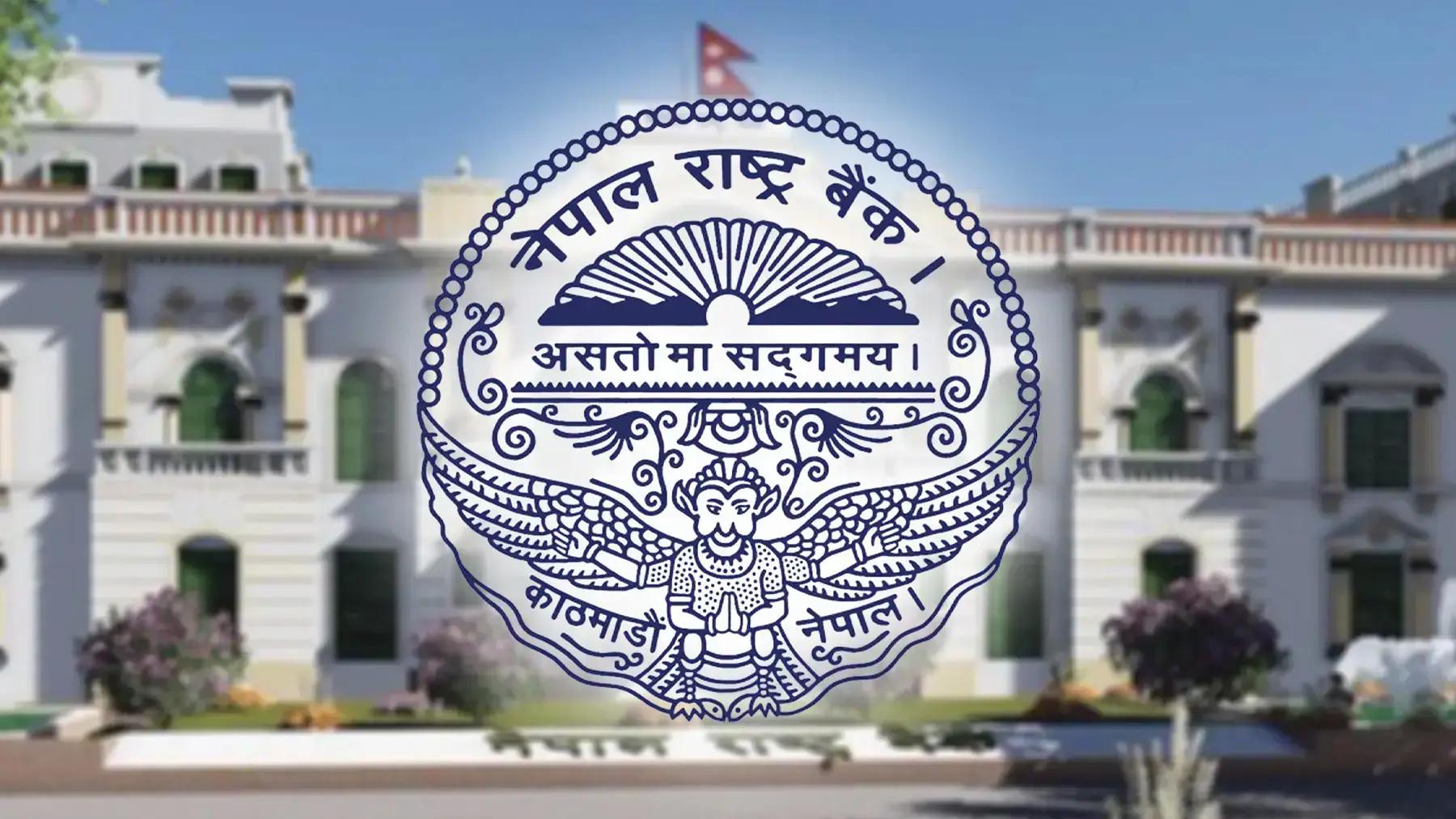By Dipesh Ghimire
NRB Brings Stricter Rules for Financial Statement Publication and Dividend Approval

Nepal Rastra Bank (NRB) has introduced a new procedure titled the “Procedure for Approval of Financial Statement Publication and Dividend Distribution, 2082”, replacing the earlier framework of 2077. The central bank said the revised rules are aimed at tightening financial discipline, enhancing transparency, and ensuring compliance with international accounting standards.
Financial Statement Publication Rules
Under the new provision, banks and financial institutions must submit their annual financial statements to the Supervision Department before obtaining board approval and signatures. The department will review the draft, suggest amendments if required, and only after incorporating the auditor’s final report will permission be granted for publication.
If the loan loss provisioning under NFRS (Nepal Financial Reporting Standards) falls short of NRB’s directives, the difference must be transferred to the regulatory reserve fund. Similarly, interest capitalized during grace periods must also be separated into the reserve fund.
Institutions are required to comply with Expected Credit Loss Guideline (NFRS-9) and the Guidance Note on Interest Recognition 2025, with clear disclosure of adopted accounting policies, assumptions, and methodologies in the notes of financial statements.
In addition, banks issuing debentures or debt instruments must demonstrate compliance with the requirement of contributing proportionally to the Capital Redemption Reserve. Employee liabilities must be valued on realistic actuarial assumptions in line with NFRS standards.
Dividend Approval Rules
The new procedure introduces stricter conditions for cash dividend approval.
Commercial banks and national-level development banks must meet the standards of the Capital Adequacy Ratio (CAR) 2015.
Infrastructure development banks must comply with CAR 2018.
Other development banks and finance companies must follow CAR 2008 requirements.
For development banks and finance companies other than national-level:
Core capital must be at least 6.5%, and
Total capital must be at least 11% after accounting for proposed dividend adjustments.
Microfinance institutions are also required to maintain a 0.5% buffer in core capital and a 1% buffer in total capital before declaring cash dividends.
In the case of mergers and acquisitions, if the post-merger paid-up capital is lower than the combined pre-merger figure, the shortfall must be recorded in the capital reserve fund. Such reserves cannot be used to distribute cash dividends. However, goodwill-related losses recognized in the profit and loss account may offset dividend distribution.
Similarly, reserves accumulated from repayment of debentures and irredeemable preference shares can only be utilized for bonus share distribution, not for cash payouts.
Central Bank’s Justification
According to NRB, many institutions still face challenges in risk assessment, risk mitigation, governance, and internal controls, raising concerns about potential future losses. By linking dividend distribution directly to capital adequacy compliance and strengthening the regulatory reserve system, NRB hopes to safeguard financial stability.
“The new procedure will ensure stronger risk management, maintain liquidity discipline, and prevent excessive dividend payouts at the cost of weakening capital strength,” the central bank stated.
With this move, NRB expects banks and financial institutions to exercise greater caution in dividend announcements, prioritize capital strengthening, and maintain resilience against market shocks.









